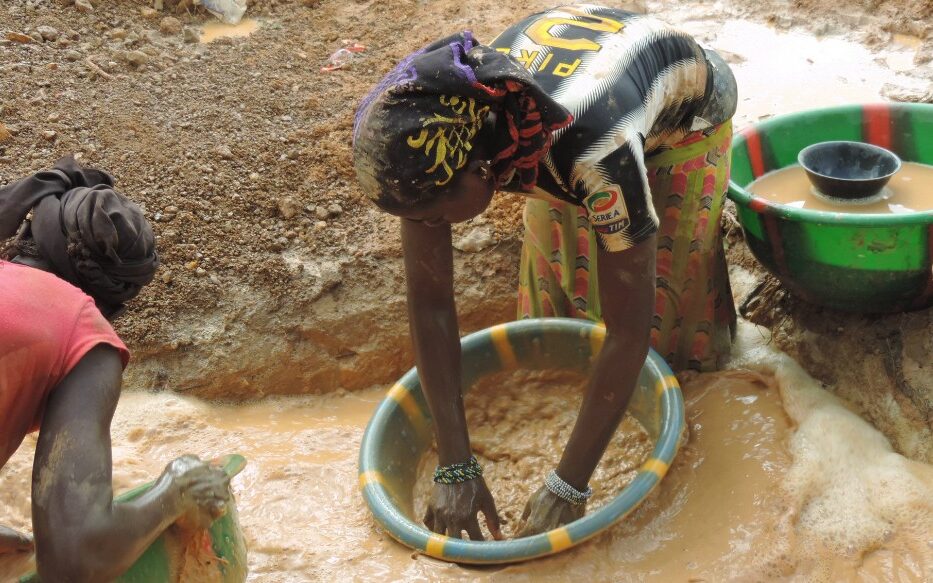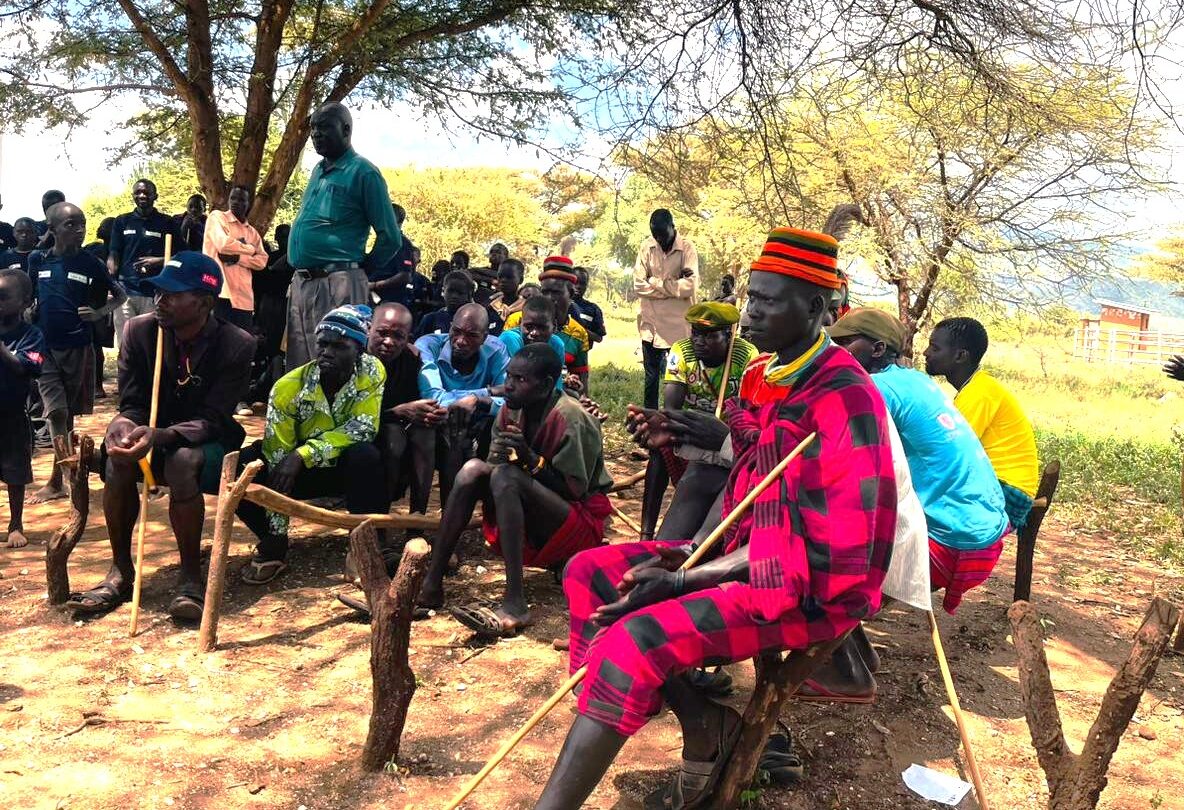Working in Karamoja region
WNCB partners in Karamoja started to work from zero. In some of the areas in Karamoja there were no schools and there was no educational or community support.


Karamoja region in Uganda
Karamoja occupies the eastern area of the north of Uganda and borders South Sudan to the north and Kenya to the east. The region occupies almost 10% of Uganda’s land area and is divided into 7 districts. The 2014 Census estimates the population at slightly under 1 million, while the United Nations (UN) reports a population of between 1.2 and 1.3 million.
Karamoja is one of Uganda’s poorest regions, with income poverty at 61% and food poverty at 70% (UNHS, 2016/17). With a largely rural population, livelihoods are based on livestock and crop production. Other livelihood activities include gold mining, stone quarrying, and trading in agricultural produce with neighbouring districts.

Karamoja region suffers from the harsh climatic conditions and long-lasting draughts that lead to crop failure, economic hardship for farmers and food shortages for the population and their livestock. The region also experiences continuous waves of cattle raids mainly fueled by revenge attacks among communities. Access to education is limited, with hardly any schools in some remote areas, and access to decent work for youth is absent. These factors result in low levels of education of household heads, high poverty levels in communities, limited livelihood opportunities and gender imbalances which shape resource ownership.
The Karamoja region being downgraded to the margins has a long history, dating back to the colonial period which has negatively framed the region as ‘primitive’ and ‘violent’.
Livelihoods in Karamoja
The vast majority of the people in Karamoja live in rural areas, while an estimated 8% live in urban/peri-urban centers. Karamoja is a semi-arid zone, with long-lasting draughts. Livelihoods are usually a mixed livestock (cattle) and cropping (maize, beans, peas, and groundnuts).
The people of Karamoja are traditionally cattle keepers, reliant on the open savannah and free movement between the region’s dry belt and the area known as the ‘green belt,’ a rainier zone running through the northern districts.
In recent years, Karamoja has become a center for mining, as valuable mineral deposits have been found. The two most important are gold and marble. Currently, gold is mined on a small scale. Gold mining is often not a primary source of livelihood, but subsidizes income during periods of hardship and is an available income-generation strategy for both women and children.


Child labour
The definition of child labour we use is: “Any form of work performed by children under the age of 15 that interferes with their right to formal quality education, and/or that is mentally, physically, socially and morally dangerous and harmful for their health and development; as well as any form of hazardous work performed by children between 15 and 18 years old.”
In general, children in child labour are not a homogeneous group. They differ in age, gender and background. Some do paid work, others unpaid; some are self-employed, others receive wages. Many children work in the informal sector, an area of economic activity that is largely invisible and unregulated by governments. This makes child labourers vulnerable to all forms of exploitation: very low wages, excessive working hours, unhygienic or abusive working conditions, retention of identity documents, debt bondage.
Child labour in Karamoja
The Nakapiripirit and Moroto districts of Karamoja have the highest Human Poverty Indices (HPI). Due to acute food shortages has greatly affected the children and women and some have been admitted to the nutrition unit at Moroto regional hospital. Children between 5 and 17 years migrate from the villages in search of employment, most ending up on streets of the neighbouring towns, working in agriculture (especially cattle herding) and in gold mines.
Children working
Trends in child labour particularly increased among children aged 5 – 11 years (58%) in 2021 from 55%, reported in 2019/2020’s Uganda National Household Survey. Karamoja reported the highest number of children engaged in child labour at 55.6%. Children work in agriculture and in gold mines.
Data & facts

WNCB partners working in Karamoja
The WNCB partners work in Moroto and Nakapiripirit disctricts in the Karamoja region.

Hivos
Hivos is the lead organization in Uganda, coordinating the work in Karamoja and Busia. Hivos is responsible for engagement and advocacy with government departments, on the need to enforce child rights laws.
Read more

Nascent RDO
Nascent Research and Development Organization Uganda is a non-governmental organization. Nascent RDO aims to achieve social justice for underserved people, especially children and youth.
Read more

UNATU
UNATU is the Uganda National Teachers’ Union. UNATO works with teachers, parent teacher associations and school management committees fighting against child labour and establishing child friendly school environments.
Read more

Save the Children
Save the Children in Uganda applies the area-based approach, focusing on education and child protection system strengthening to improve the conditions for children and their families.
Read more





